A Uniquely Different Day
I left early Thursday morning for my two-and-a-half-hour car drive to Cambridge. I’d filled up with petrol the day before and was ready for the drag to my destination. Halfway there you hit a place called Milton Keynes where every half mile or so you hit a roundabout (circle USA), either side of that the traffic was steady and easy-going considering I travelled both times there and back at peak travel times.
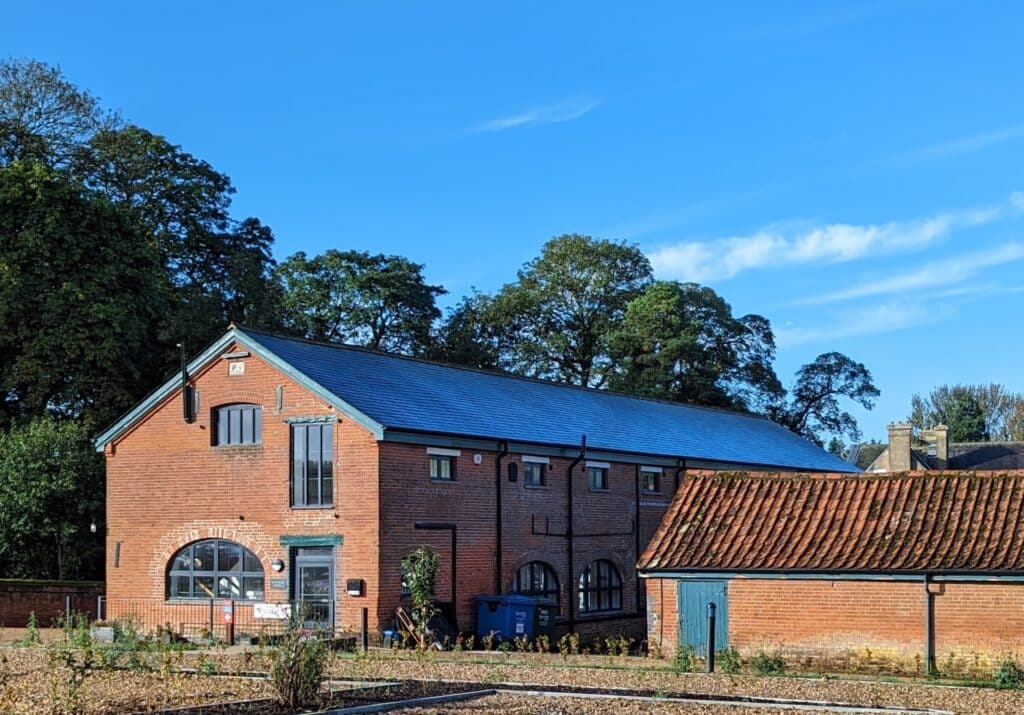
I’d waited a couple of years to sign up for a block engraving course with renowned artist and wood engraver Anne Desmet at the Curwin Print Study Centre in Great Thurlow not too far from Cambridge. The drive gave me the time to disengage from my usual Thursday and Friday work making in my own workshop to enter a completely different sphere of creativity. I was moving out of my comfort zone to learn from another expert in her field intending to use tools I had never used before and work on grain end-up rather than flat. I arrived two minutes before and joined the group of six others all of whom were involved in art in some measure and some of whom had done some wood-block engraving.
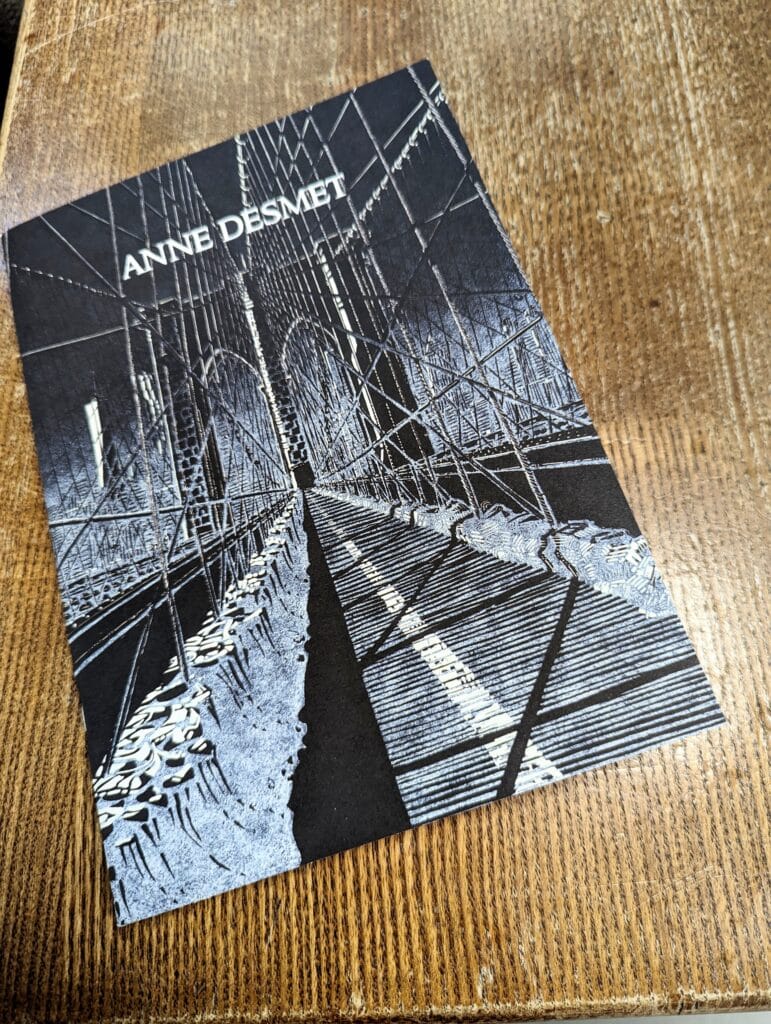
The history of woodblock engraving predates photography in many areas of print imagery work and it’s this that has fascinated me through the years. There is something about the black-and-white intonation of thin and broad bands in line that translates me into a world of textures that parallel the work I do at the workbench that just snatches me up and away. I find it all so limitlessly creative and isolating and I am hoping to continue creative use of it in illustrating my future writing and the books I am working on with wood block artwork along with the pencil drawings I illustrated my last book Essential Woodworking Hand Tools with. This woodblock work fascinates me and that’s why I am out on my explorative mission.
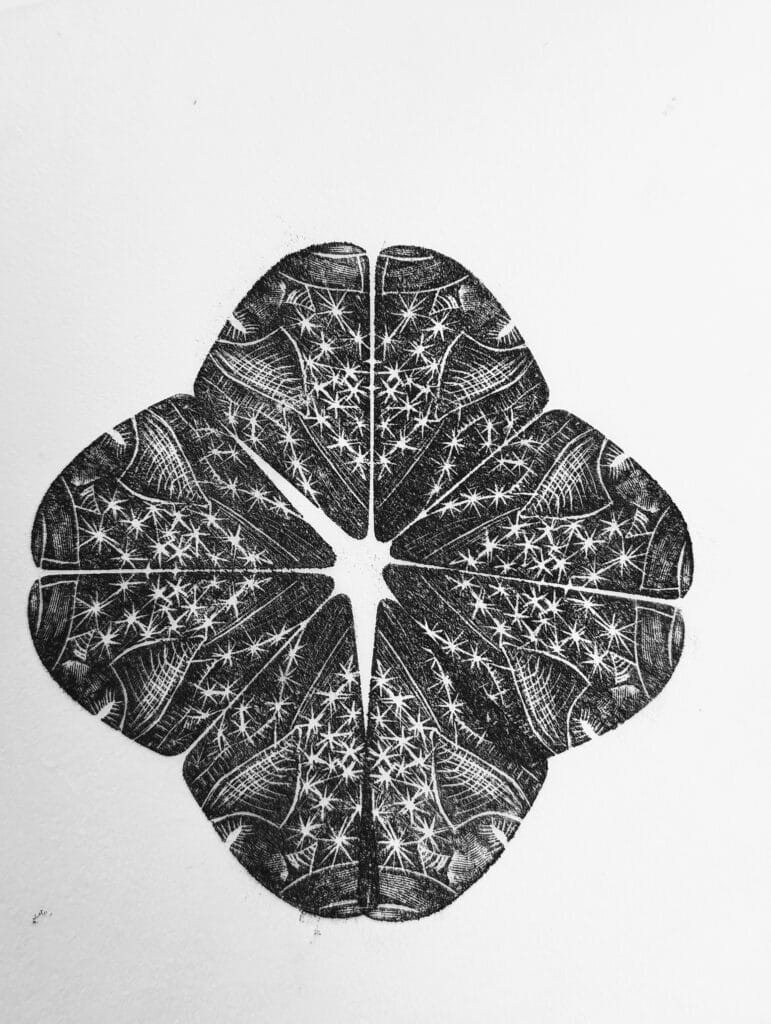
The facility is relatively new in that it has been repurposed as an art centre from old farm buildings. Though not purpose-built as such, the interior is purpose-designed for art and creativity and the inside takes advantage from large arched windows along with overhead lighting that brings you as close as it gets to natural, even daylight. Walking among all of the vintage presses of mass gave me an immersive feeling as I walked to my place in the class.
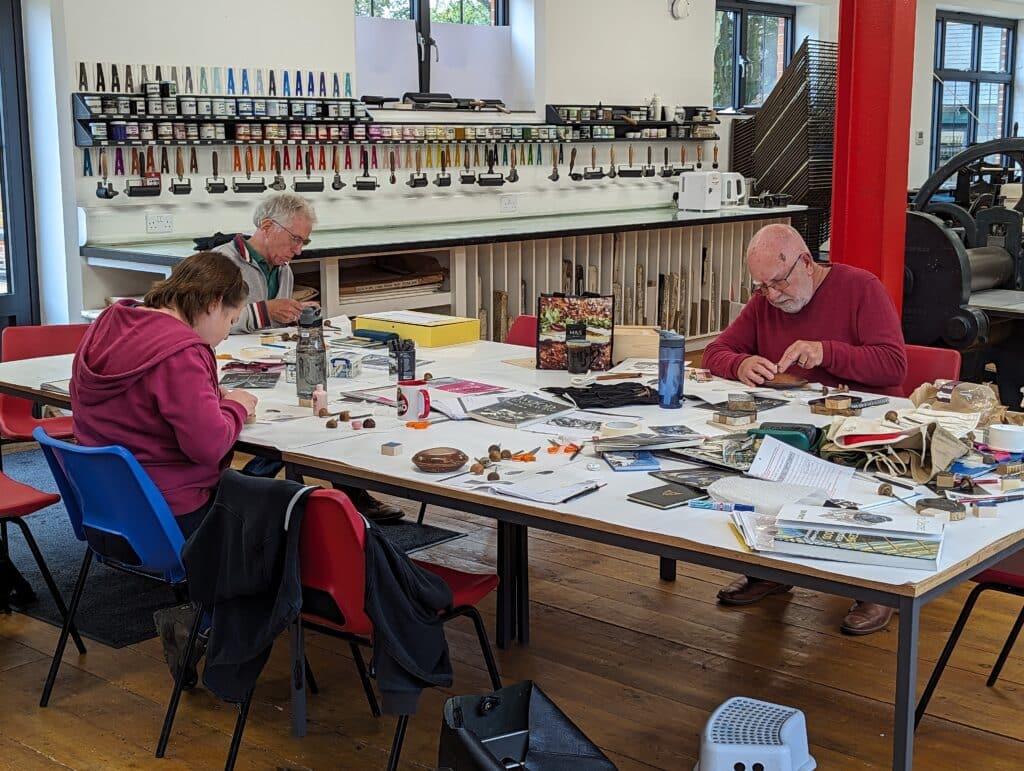
After the initial introductions, Anne walked us through the history of our craft. The knowledge and insight just poured out from her without referencing anything beyond her head. It flowed so beautifully that I felt from her first words that I should have brought our video crew to record the whole of it for others to learn from and then too the whole of the lessons she gave.
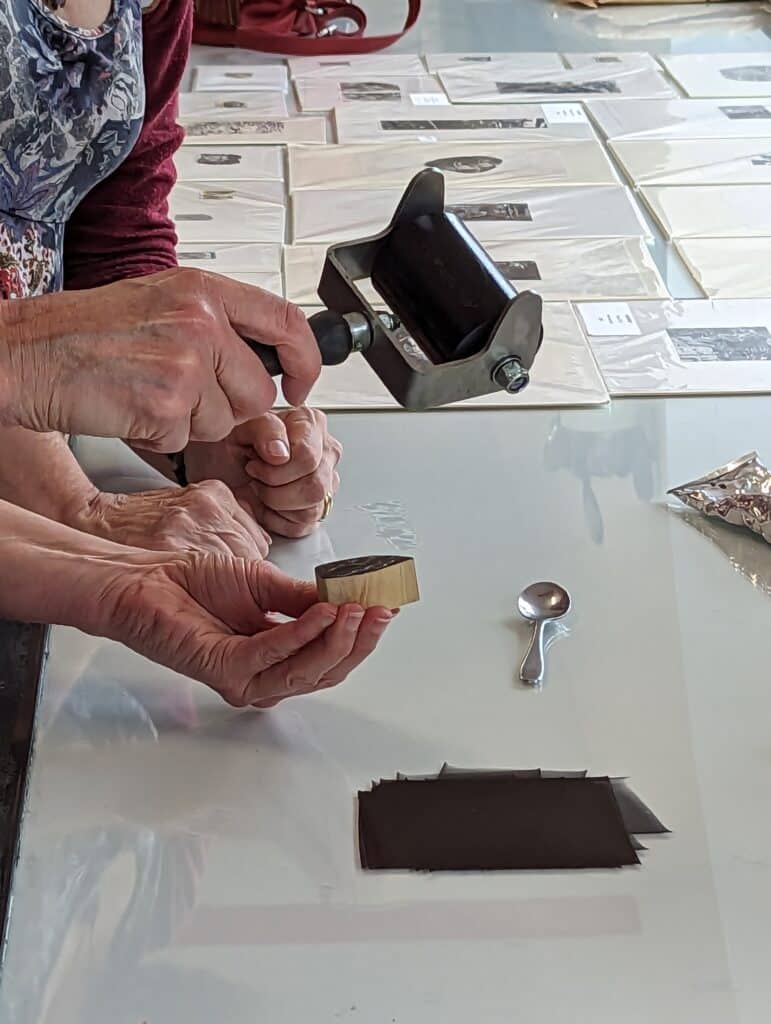
But, of course, that would have changed the whole of the dynamic of the class and I am selfishly glad no such thing happened. People with their lives and lifestyles immersed in art as Anne’s so very obviously is are national and cultural treasures expressing in poetic ways the art of handwork. Her modesty only sent us all deeper into a submissive composure that opens all of the synapses to enable you to absorb and learn. The gentleness of her spirit only exemplified the quietness and nearness engraving wood brings into life by such craft––the new world that so often so constantly subsumes us stands confronted by the ancient art of handcraft like this and my own in a silent manner that somehow manages to capably say, ‘This far and no further!‘ and through this I personally found myself elevated by the nearness of every single component of the art that makes artwork on every sphere of a person’s being. The gathering of a cluster of eight or so people all working in the near silence made life palpable in the personal gain each one of us was intended to take away with us and it all came from the very capable art of Anne Desmet sharing that part of herself that for others in some modest way might gain directly from her. Of course, somehow the breathing between one hope in one person to each other stilled an otherwise insane world throughout the days to the point that even when something didn’t quite go so well you felt inexplicably calmed. I brought with me one or two important concerns that needed resolving and over the two days made decisions that would indeed resolve them and even resolved two without doing very much at all. Therapy? Well, yes, I suppose you could call it that if you can indeed even put some kind of name to it, but, in reality, no word exists to describe what’s taking place for so big a thing. The intensity of concentration in working a block of wood no bigger than a quarter the width and length of your hand balled into a fist brings deep focus in resolving a design you’ve composed but then too, perhaps more importantly, resolve to some other parts of your life that lead you into peace. This medicine cannot be bought but it can perhaps be prescribed and I’m prescribing craft as the art of work for anyone who cares to listen. I asked questions of my fellow students who indeed questioned each other and me. I think we each enjoyed hearing about the others studying there. Each had a background to learn about and from.
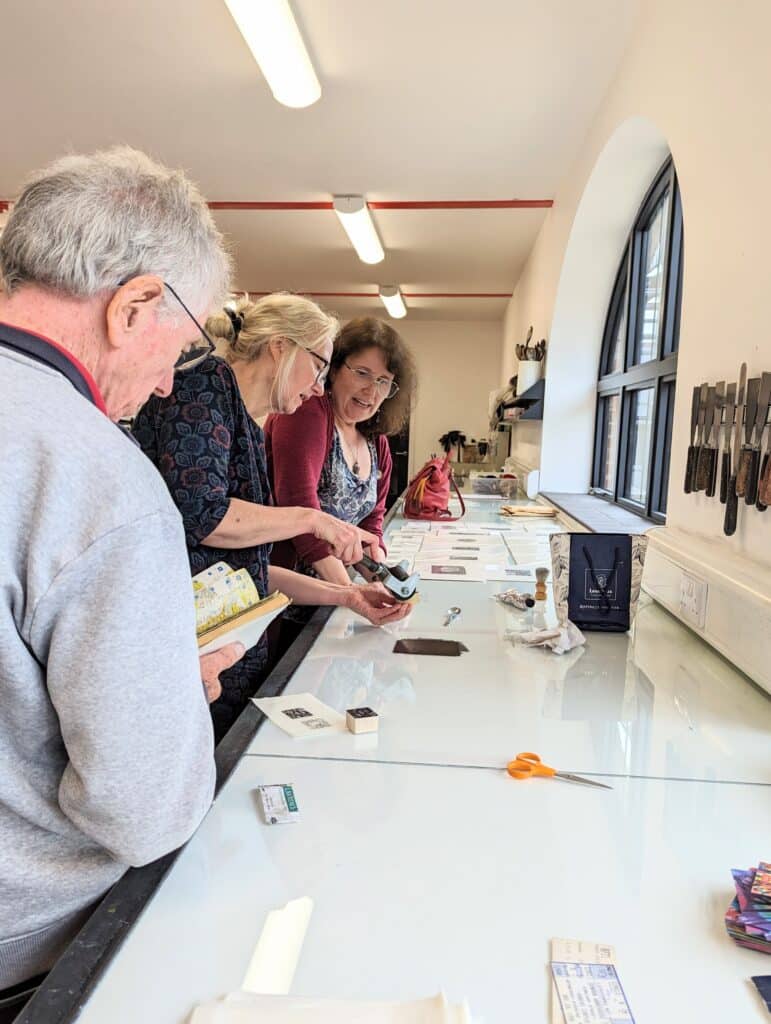
I have only ever been on one or two courses to do with art in my life even though I have always drawn and sketched and used other media to illustrate what takes my mind into art. I always drew mainly for my own recollection and reference rather than to show others my art as I find drawing helps me to remember what I want not to forget. Drawing is perfect for this whereas woodblock is far less instant and therefore impossible in the immediacy needed for recording––if drawing and sketching are the shorthand of recording, then wood-block etching is the full-orbed yet distilled down and critical written text.
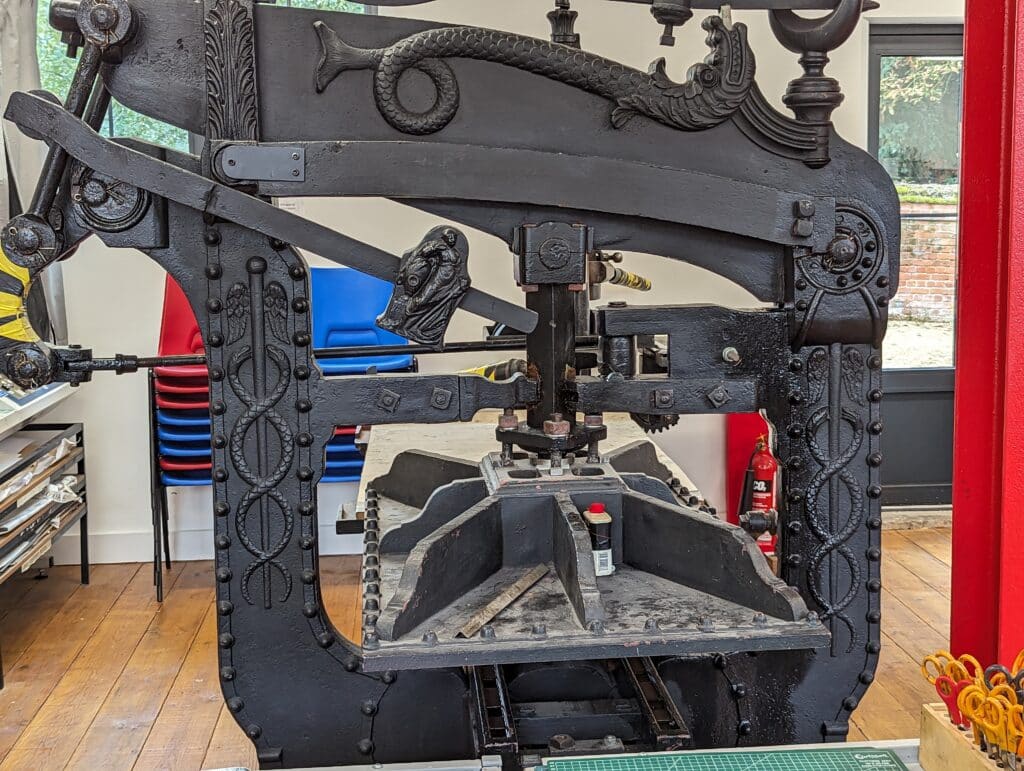
The class soon became hands on tools and wood and before long thin, intricate lines crisscrossed blocks of wood to become works of (primitive) art as samplers of various strokes and techniques that showed what the tools themselves did in the wood. Working end-grain is radically different than woodworking in face-grain wood and then knowing the intention is to ultimately create three-dimensional looks with a single colour on a single plane. Cuts into a surface of wood where line thicknesses in various widths as bands are determined by depth and pressure on the tool is quite a different way to work wood for me. Black or white images from end-grain cuts along with multi-directional patching, dots and more just blow my mind.
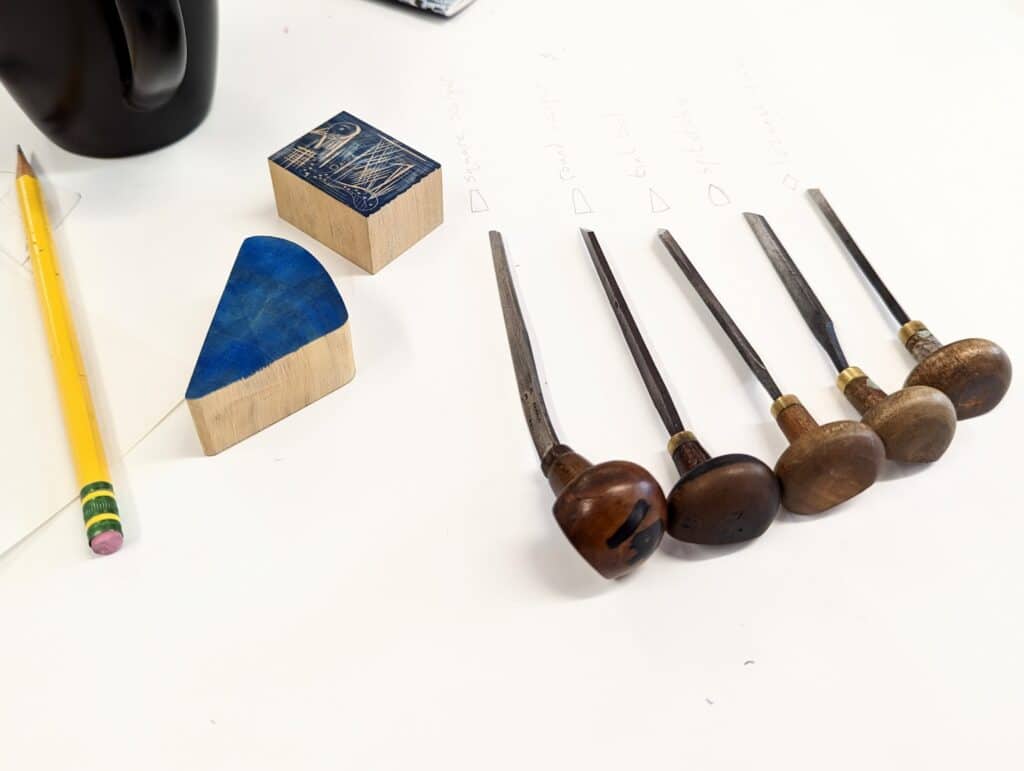
The tools and the work are really simple and unsophisticated starting out and this was made clear and doable by Anne’s precise instruction. Looking at her artwork in wood engraving might put anyone off because of her incredible skill and precision but she was so encouraging for us to stay with it and persevere. As it is with my own craft, safety is critical because unlike with my work, where the vise is the third hand, that is not really so with engraving on small sections. My brain was racing for new possibilities and I already came up with three or four possibilities in different areas to help with security and safety but so too sharpening and such. In my world, I take nothing for granted and change tradition if tradition needs changing. I’m looking forward to letting things emerge as I grow. I will change nothing until I have given my all to seeing how tradition has carried such work through the last two centuries. I will buy some gravers to get started as soon as possible but will make others because of my interesting customising tools to fit my hands. I have so many worn-out saw files too that seem quite ideal and will give me the quality steel I need to upcycle them. All of the gravers shown above can be ground, filed and abraded to the shapes needed for this basic range.
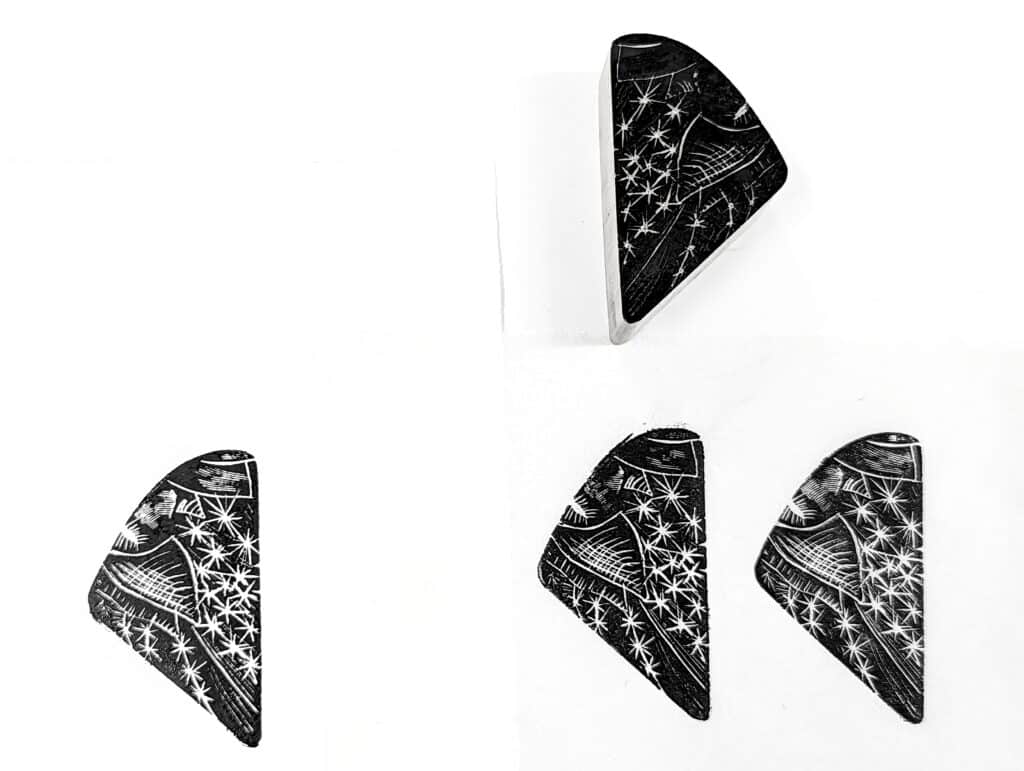
Seeing how other artists in engraving captured the essence to convey meaning to others is captivating in and of itself. One that impacted me greatly was the work of Eric Ravilious who died so young yet was such a prolific and gifted engraver and artist.
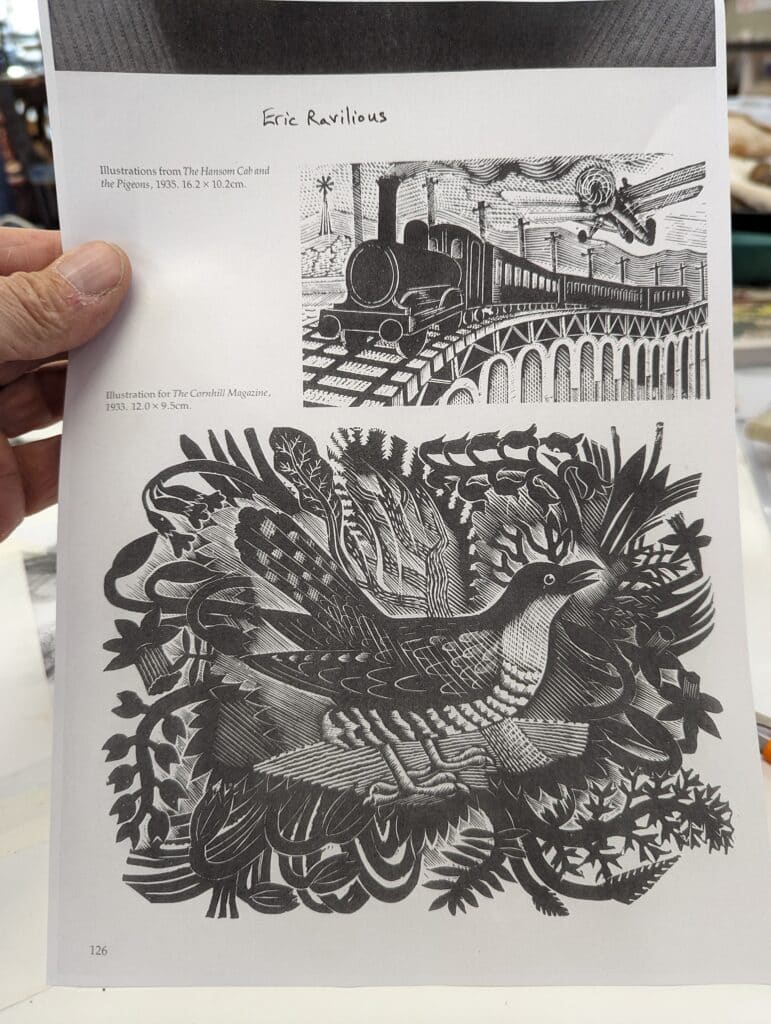
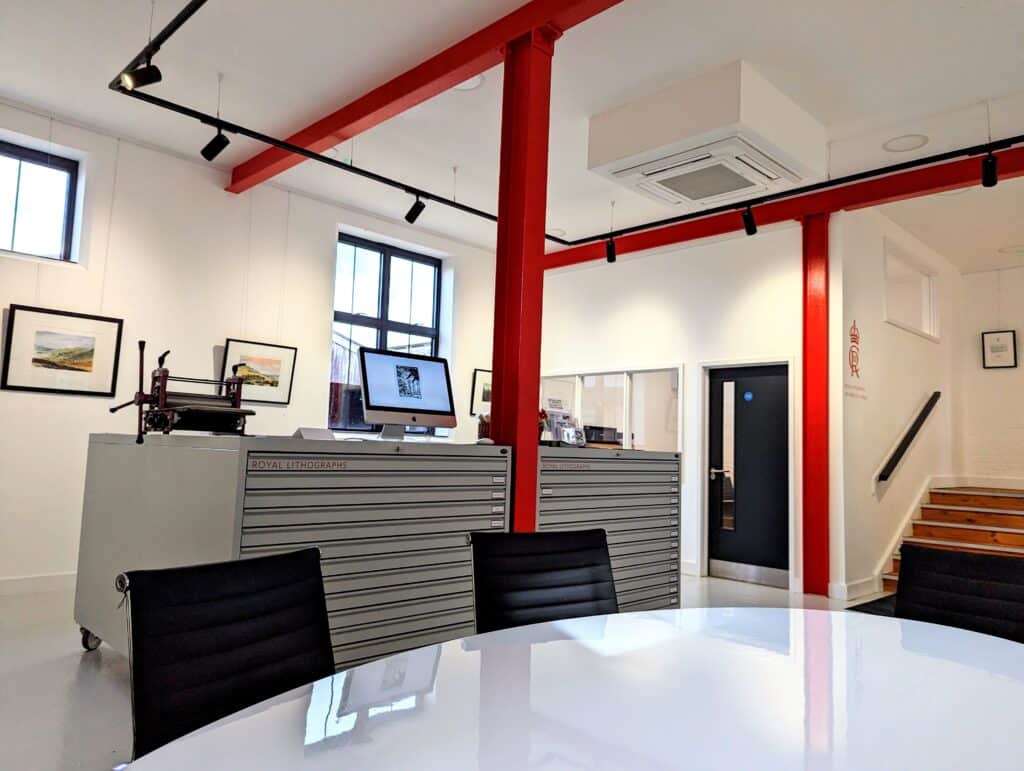
Can art like block printing be created digitally? Of course, it can. But being ‘like’ is not the same ‘as’ in the same way a hand-cut dovetail can never be the same as a machine guided by a jig version as in a power router can never be the same. Take out the journey to skip the in-between bits and you’ll understand what I mean. The question for me is can seven people cluster around in the same way we did in our multidimensionality of ways? I am currently very, very doubtful of it but I have been doubtful of other things and it can be a generational thing (even though it’s not). Somehow it’s the inorganic of the organic that troubles me in the same ways machines and CNC production displaced the organic of my craftwork in times past using primarily hand tools. They do replace hand work and the people needed to carry it out but they do not deliver the same product at the end of the day and therefore cannot replace anything but the end product. What you get from actual hand work itself as a high-demand engagement with the wood is radically different and so in my view the two spheres can not really be compared any more than riding the high-speed train can be compared to walking. Machines have their place for reducing the costs of production in industry and commerce and many woodworkers rely on them wholly or partially for their making. But relying wholly on every muscle, sinew and synapse for your output somehow translates you into incomparable realms unattainable by machines and computers.


“…..and it can be a generational thing (even though it’s not).”
There are some points of yours that just hit home so immediately and powerfully. This is one of them for me. I think it’s the way you’ve phrased it. Being of a generation that grew up with computers and automation (I didn’t grow up with the internet or phones thankfully), I was instinctively drawn to power tools, precision engineering, repeatability etc, over skill, and beauty, and craft, and feeling. Until I didn’t. Thus it is generational until questioned. Not for everyone, I hasten to add. Not everyone lacked the maturity, the connection to nature, the connection to life, the philosophical, meaningful and depth of thought that I lacked. But I would say that for the majority of my generation, and the generations that have come after and continue to come – in general – the forces of the system we live in and under point us down an avenue of technological progress. Where progress is ill-defined, and the question “where are we progressing to (and why)?” never answered. As I moved into the “even though its not” period of my understanding, your work and writing has offered immense clarity and detail as to the why. Thank you.
Thank you Paul for this incredible look into another unique and historic art form. Beneath the pie shaped blocks it said,
“ Different techniques and gravers are used to develop cuts like these. The tools are all around 44mm in overall width and the deeper you cut the wider the surface removal.“
44mm ( 1.7 inches) seems very large for such delicate work , was that meant to say 4.4mm. Just curious.
Thank you.
Cheers,
Michael
Yes, changed it. Thank you for taking the time.
Paul, I really do enjoyed this engraving side bar. Might even explore the possibilities myself.
Thanks
Marek
it takes time to learn a skill. i am looking at the younger generation and i don’t see a willingness to learn. instant gratification seems to be the norm. i cannot recall the number of times a young person has said “i don’t need to learn it, the cnc etc will do it for me”. it is shocking to think that the vast majority of youth today, have no idea how to change a tyre. in my day, a tradesman was who you called for the difficult stuff.
It would be interesting as a side project to go on tour and film people working and making art around the countryside and you having a go. Like the Paul Sellers House project was a strong concept that highlighted woodwork in everyday life. This one could be maybe about mental health mixed in with conservation/life appreciation. Paul Sellers A Work of Art.
PHOTO OF TWO CRAFTSMAN HANDS HAD ME THINKING ABOUT THE YEARS PASSED WORKING HARD TO BECOME MASTERS OF TRADE
For those interested in woodblock printing, I recommend a visit to Cherryburn – a national trust property in Northumberland. Birthplace of celebrated carver and author Thomas Bewick.
Have you ever come across Dave Bull? A Canadian running a woodblock printing shop in Tokyo. It’s interesting to look at him working, the tools are different too, and the history of traditional carvers and printers he shares..
Paul
If you get into wood engraving, you ought to try making your own blocks. In the days of commercial wood engraving, boxwood was always preferred but then,of course, a block might have to withstand thousands of impressions. For limited editions, quite a few fine-grained hardwoods for example pear or holly can be satisfactory.
I have always thought that block planes were so-called because they were for planing engraving blocks. Before the adoption of photographic printing processes, wood engraving was the method by which an illustration could be incorporated within the text of a book or newspaper. The manufacture of engraving blocks was therefore an important trade. For a block to print properly, it not only had to have a perfectly flat surface, but its thickness had to be exactly the same as that of the metal type into which it was set. So they had to remove any high spots from within a relatively small area, a job for which normal bench planes were probably just too big and clumsy.
By the way, if you ever go to the Towner Gallery in Eastbourne, they’ve got some of Eric Ravilious’s engraved blocks there.
Making the blocks has been the easy bit (obviously) as have been making my first few gravers too. I have made blocks from Box and found Indian Laurel gave good crisp edges. As I have no commercial intent printing off the blocks in particular (I have no intention to sell from prints coming from the blocks) I am content to simply experiment for my own enjoyment. I am going to illustrate at least one of my future books with the addition of block prints and will have everything come from my own hands, hence my enhanced interest in block printing. The gravers have been some of the easiest tools to make for working wood and I have customised them to my own hands.